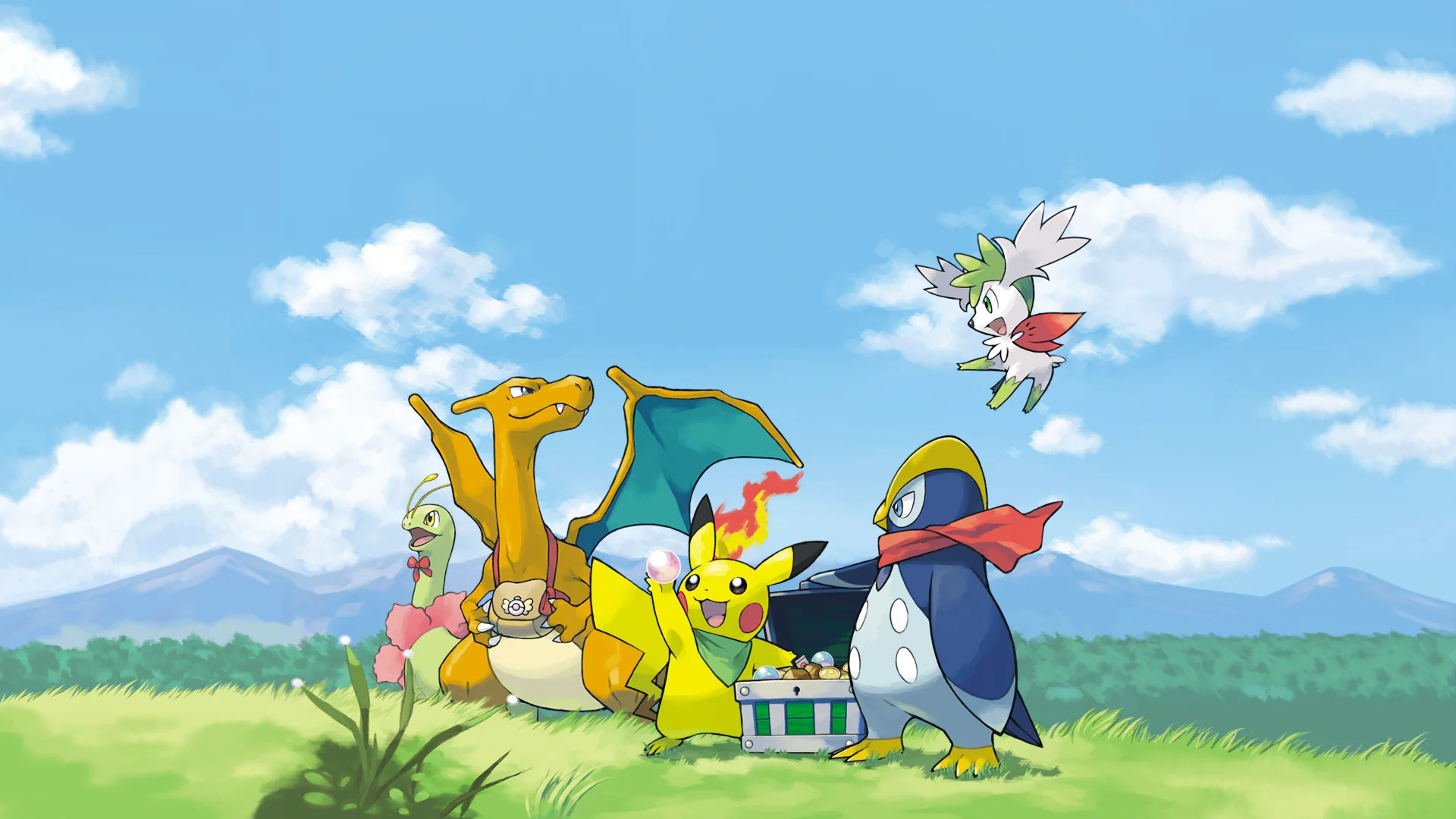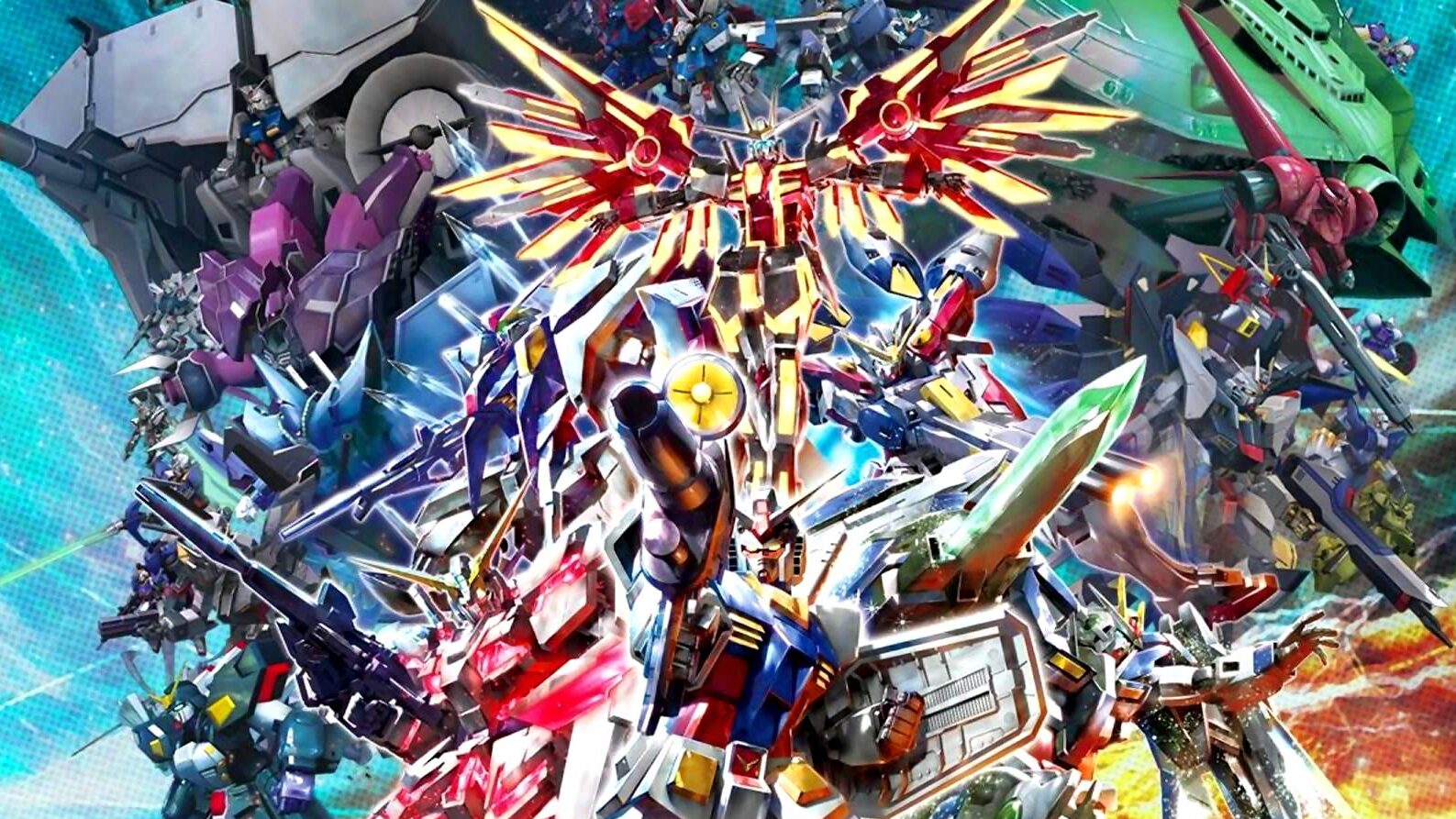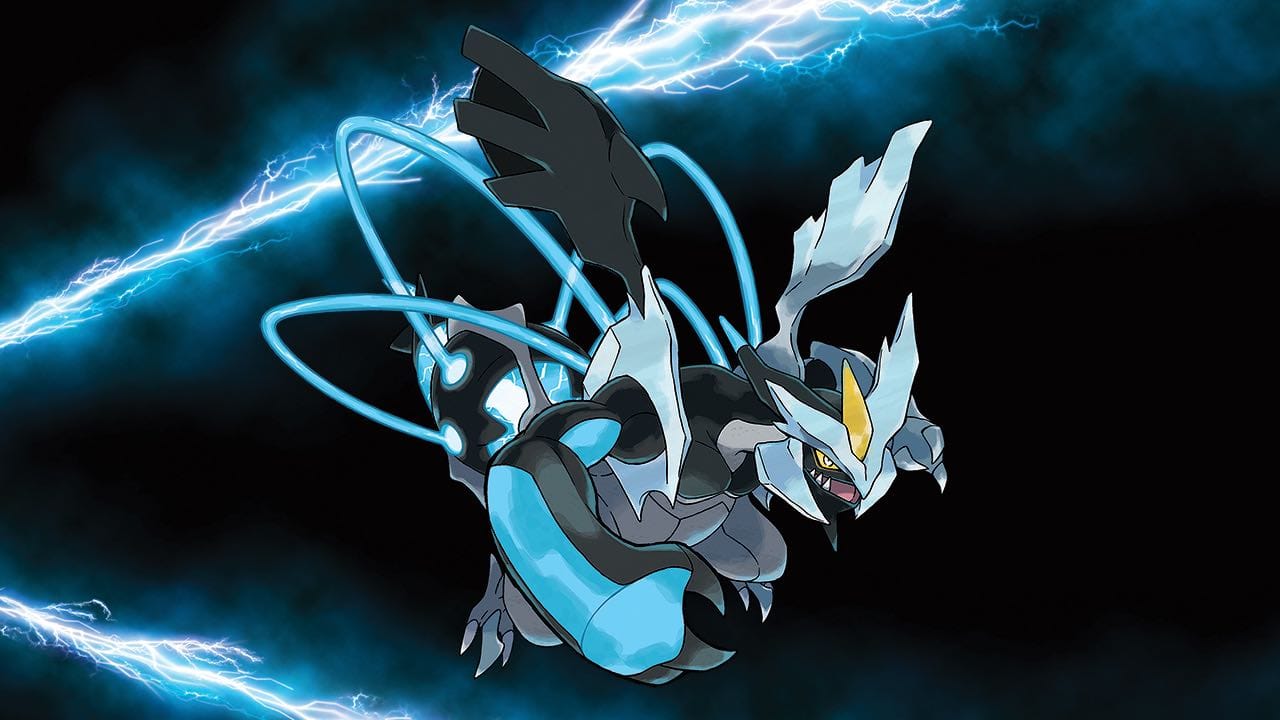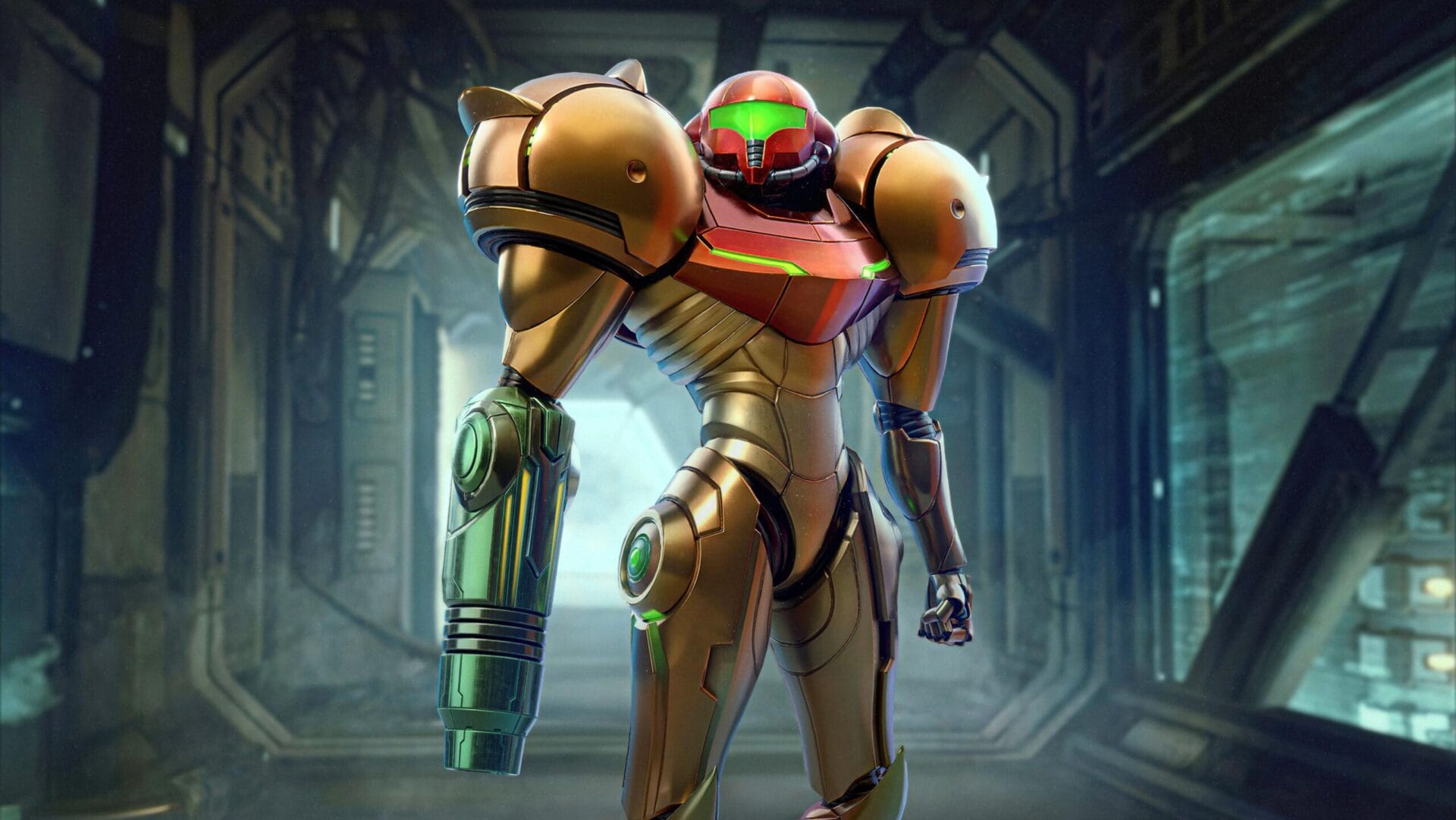While I always liked Pokémon as a kid, it wasn’t until I stumbled upon Pokémon Mystery Dungeon: Explorers of Time back in 2008 that my casual interest turned into a full-blown obsession. Something about that game—the heartwarming story, the unique dungeon-crawling gameplay, and the emotional connection I felt with my partner Pokémon—resonated with me in a way no other Pokémon game had. I was hooked. I played through it about three or four times, determined to recruit every legendary Pokémon I could.
Fast forward to a few years ago, I decided to treat myself to a Nintendo DSi XL from Japan—a bit of a nostalgia-fueled splurge. Along with it, I finally picked up a copy of Pokémon Mystery Dungeon: Explorers of Sky, the enhanced version of the game I had loved so much when I was younger. I wasn’t sure if it would hold up after all those years, but the moment I booted it up, it was like stepping into a time machine. The music, the characters, the story—it all came flooding back, and to my surprise, it felt just as special as it had the first time.
Now that Mystery Dungeon: Explorers of Sky is over 15 years old, is it still worth playing today? Let’s dive into the story, gameplay, and whether this DS classic deserves a spot in your gaming rotation.
Story and Characters
You might think Pokémon Mystery Dungeon: Explorers of Sky is just another side story tacked onto the franchise’s endless spin-off machine. But from the moment you step into its world, it’s clear this game hits different. Explorers of Sky tells a tale of friendship, courage, and time itself. You play as a human mysteriously transformed into a Pokémon, waking up in a strange world with no memory of your past. From the moment you open your eyes on that mysterious beach, the game sinks its claws in. You’re vulnerable, alone, and thrust into a world where you’re no longer the trainer, but the Pokémon itself. This twist on the usual formula immediately makes the stakes feel personal—every struggle and triumph hits harder because you’re the one fighting tooth and claw to survive.
You soon form a bond with a partner Pokémon, and together, you join Wigglytuff’s Guild to become explorers. At first glance, Guildmaster Wigglytuff might seem like a goofy, wide-eyed airhead whose love for Perfect Apples borders on obsession. But don’t let his constant “Yoom-Tah!” fool you—He’s the heart of Wigglytuff’s Guild. He provides comic relief with his quirky antics while also showing moments of wisdom, bravery, and heartbreak that make him one of the most memorable characters in the entire Pokémon franchise.
Wigglytuff’s Guild is packed with a colorful cast of Pokémon, each adding charm and life to your adventure. Sunflora is an overly dramatic gossip queen whose catchphrase “Oh my gosh!” becomes iconic. Loudred’s brash attitude hides a surprising loyalty. Bidoof, the bumbling rookie, steals hearts with his earnestness. Even minor characters like Diglett, Chimecho, and Croagunk contribute to the sense of a living, breathing guild. Together, they transform the base into more than just a gameplay hub—it feels like a home you fight to protect.
As you tackle dungeons, face down dangers, and share quiet moments of reflection, the friendship with your partner Pokémon grows naturally. The dialogue is heartfelt without being cheesy, and the game gives your partner enough personality to feel like a true companion instead of a generic sidekick. What starts as a simple journey to prove yourself quickly spirals into something far more intense.
Don’t let the cute sprites fool you—Explorers of Sky doesn’t shy away from exploring dark, complex themes that you might not expect from a typical Pokémon title. Questions of destiny, sacrifice, the unstoppable march of time, and the pain of losing someone you care about run through the game’s core. The story dives into moments of despair and hope that you’d never expect from a Pokémon title, and it does so with a sincerity that stays with you long after the credits roll. It’s a story that grows up with you, resonating even more if you return to it years later.
One of Explorers of Sky’s best additions is its Special Episodes—five side stories that let you step into the shoes of beloved characters like Bidoof. These aren’t throwaway extras; they offer powerful insights into the hopes, fears, and pasts of the guild members and major figures in the story. Each episode peels back layers of the world and characters, adding depth and context that make the main story’s emotional beats even more impactful. It’s a masterclass in world-building that few spin-offs even attempt.
These bite-sized narratives not only flesh out the world but also deepen your connection to the characters, making the main story’s climax even more impactful. Explorers of Sky doesn’t just fill time between mainline entries; it carves out its own place in the series by offering a story-driven, character-focused experience unlike anything in the core games.
Gameplay and Mechanics
At its heart, Explorers of Sky is a roguelike dungeon crawler. Explorers of Sky thrives on the heart-pounding unpredictability of its procedurally generated dungeons. Each time you step into a dungeon, the layout, enemy placement, and item drops change completely. One run might gift you a lucky streak of healing items; the next, you could be cornered by a monster house that wipes out your team in seconds. While the core loop can feel repetitive to some, the challenge and unpredictability keep it engaging.
Combat is turn-based and deceptively simple—each step or action advances the enemy’s turn. But mastering when to use moves, items, or positional tactics turns a basic fight into a chess match. Coordinating attacks with your partner Pokémon can mean the difference between victory and a crushing defeat. This layered strategy keeps battles engaging even dozens of hours in, especially as new enemy types and dungeon hazards ramp up the difficulty. No two dungeon runs feel the same, and the satisfaction of clearing a tough floor with your team barely hanging on is unmatched.
Explorers of Sky loves to toy with players through Lookalike Items—consumables that mimic useful items but carry disastrous effects. Examples include:
- Oran Berry → Oren Berry (which damages you instead of healing).
- Reviver Seed → Reviser Seed (which instantly KOs you after reviving).
These deceptive items force players to stay alert, especially in high-stakes dungeons. Accidentally using the wrong item can mean the difference between survival and losing all progress—making item management more engaging.
Explorers of Sky introduced new starter and partner Pokémon, including Phanpy, Vulpix, Riolu, and Shinx, giving players more freedom to pick a team that suits their personality. Each Pokémon brings unique stats, move pools, and abilities that dramatically change how you approach dungeons. Whether you want the brute strength of a Riolu or the elemental versatility of a Vulpix, the wider roster adds fresh replayability for veterans and newcomers alike.
Explorers of Sky took player feedback to heart and polished the rough edges left by Time and Darkness. Faster save times reduce the downtime between dungeon runs. Losing a battle now costs only half your money instead of everything, softening the blow of an unexpected wipe. Even simple tweaks like clearer item descriptions make navigating dungeons less frustrating and more intuitive. These smart refinements make Sky the definitive, most player-friendly version of the Explorers trilogy.
Another addition of Sky was Spinda’s Café. Nestled in Treasure Town, Spinda’s Café isn’t just a charming diversion—it’s a game-changer. Here, you can recycle all those odd or seemingly worthless items cluttering your inventory, transforming them into new, useful gear or rare rewards through a lottery-style prize system. It turns what would otherwise be dungeon junk into an exciting opportunity, giving you a reason to comb every floor for even the most mundane items. The café’s cozy atmosphere, complete with Spinda’s cheerful animations, makes it feel like a living, bustling corner of the Pokémon world.
Beyond recycling, Spinda’s Café offers a gateway to adventure. By exchanging items or completing certain tasks, you can unlock entirely new dungeons packed with unique challenges, rare Pokémon, and valuable loot. It also expands your mission board, letting you pick up fresh jobs to earn rewards and explore side stories. This constant flow of new content keeps the game feeling vibrant long after the credits roll, rewarding curiosity and commitment with endless reasons to keep coming back.
Once the main story wraps up, Destiny Tower awaits the bravest explorers. This brutal, 99-floor gauntlet strips you of everything—your items, your levels, your comforts. You start at Level 1, armed only with your wits and sheer determination. Every floor is a white-knuckle scramble for survival, with tougher enemies and fewer lifelines the deeper you go. Conquering Destiny Tower isn’t just a badge of honor—it’s a rite of passage that proves you’ve mastered every skill the game demands.
Sky Peak offers a different kind of endgame challenge: a sprawling, multi-part dungeon that sees you gradually ascending through nine stages of increasing difficulty. It’s less punishing than Destiny Tower, but still demands careful planning, teamwork, and perseverance. Along the way, you’ll discover rare items and face unique mini-bosses that make every checkpoint feel like an achievement. Sky Peak isn’t just about the destination—it’s about savoring the adventure up the mountain.
Sky Gifts are one of Explorers of Sky’s most inventive additions—mysterious packages you can find or earn that must be delivered unopened to another Pokémon to reveal their contents. You can’t use them yourself, and they only pay off if you go out of your way to gift them to someone else. It’s a clever mechanic that echoes the game’s central themes of friendship and selflessness, encouraging you to think beyond your own survival and invest in helping others, even when the world feels dangerous and unpredictable.
Of course, Sky Gifts aren’t just a feel-good feature—they’re also a deliciously tense gamble. Carrying a Sky Gift takes up valuable inventory space, limiting your resources for healing or battling. Each step forward with a Sky Gift raises the stakes: should you keep pushing deeper into the dungeon and risk losing everything if you faint, or bail early to safely deliver your prize? This constant risk-reward calculation adds a fresh layer of strategy to every run, transforming simple trips into nail-biting adventures where generosity becomes a high-stakes choice.
For completionists and thrill-seekers, the post-game legendary hunts are where Explorers of Sky truly shines. After the credits roll, new dungeons open up with chances to recruit legendary Pokémon like Dialga, Palkia, Groudon, and Mewtwo. These encounters are far from guaranteed; you’ll need patience, strategy, and sometimes a little luck to add these titans to your roster. Each successful recruitment feels monumental, turning your team into a hall of fame-worthy squad and giving you a powerful reason to keep exploring long after the story’s end.
Graphics and Sound
Despite the Nintendo DS’s modest specs, Explorers of Sky delivers a visual experience bursting with personality. The pixel art is bright, expressive, and full of charm, giving every Pokémon distinct animations and emotions that bring them to life. Character portraits during dialogue scenes add extra heart, letting you see fear, joy, or determination flicker across their faces. Combined with warm, painterly backdrops, the art style turns the entire game into a moving storybook—a perfect fit for a tale that’s as whimsical as it is emotional.
Procedurally generated dungeons often risk looking repetitive, but Explorers of Sky’s environments manage to stay visually distinct. Each area—whether it’s a sun-dappled forest, a shadowy cave, or a fiery volcanic cavern—features unique tilesets, color palettes, and environmental details that keep exploration fresh. Sure, the graphics can look a bit dated compared to modern handheld and mobile titles, but there’s a timeless, storybook quality to Sky’s presentation that still resonates with fans.
The moment the main theme plays, you know you’re in for something special. Composer Arata Iiyoshi’s soundtrack is a masterclass in setting tone—moving effortlessly from grand, adventurous tracks that ignite your sense of wonder to quiet, melancholic melodies that make you pause and reflect. Each piece is crafted to mirror the emotional highs and lows of the story, elevating every moment of triumph and heartbreak. The score doesn’t just accompany the narrative; it drives it, becoming an inseparable part of what makes Explorers of Sky unforgettable.
Certain songs from Explorers of Sky have achieved near-mythical status within the Pokémon community. Pieces like “Through the Sea of Time,” “In the Future of Darkness,” and “Treasure Town” instantly transport fans back to their childhoods. These tracks pop up again and again in covers, remixes, and live orchestral arrangements, proving how deeply they’ve embedded themselves in the hearts of players. They’re not just background music—they’re anthems for a generation of Pokémon fans who grew up with the series. Even today, fans cite the soundtrack as one of the best in the entire Pokémon franchise.
One of the coolest rewards Explorers of Sky offers is the Sky Jukebox, unlocked after beating the main story. This in-game music player gives you access to over 100 tracks from the game, letting you relive your favorite moments or simply soak in the music anytime you like. Long before streaming playlists and YouTube remixes, the Sky Jukebox gave players a portable Pokémon soundtrack library—a love letter to the power of video game music and a feature that still feels ahead of its time today.
Reception Over Time
When Pokémon Mystery Dungeon: Explorers of Sky launched in 2009, Western critics weren’t exactly kind. Reviews often labeled the game as repetitive, slow-paced, or too similar to Explorers of Time and Darkness. IGN’s middling scores and Metacritic’s sub-60 average reflected a gaming press focused on innovation over refinement. Many reviewers missed the emotional depth and incremental improvements that made Sky the definitive entry, brushing aside what would become the game’s greatest strengths.
I found this shocking, as while the gameplay can be slow and challenging at times, the game’s positives well outweigh its flaws. While Western outlets were lukewarm, Japan saw Sky in a different light. Renowned magazine Famitsu awarded the game an impressive 35/40, earning it a place in their coveted Platinum Hall of Fame. Japanese players and critics connected more deeply with Sky’s storytelling focus, subtle gameplay refinements, and emotional themes. This stronger reception overseas helped solidify its legacy early on, even as the game struggled to find critical respect in the West.
Over time, Explorers of Sky shed its reputation as “just another spin-off” to become a beloved cult classic. Online communities embraced the game’s heartfelt story, unforgettable soundtrack, and challenging post-game content. Fan art and retrospectives flooded forums and social media, breathing new life into Sky’s world year after year. Today, it’s widely hailed as the best entry in the Mystery Dungeon series—proof that sometimes, the fans know best.
Is It Still Worth Playing Today?
Even in an era of sprawling open-world RPGs and slick action games, there’s something undeniably satisfying about the tense, step-by-step challenge of roguelike dungeon crawling. Explorers of Sky’s random layouts, hidden traps, and high-stakes encounters keep every run feeling fresh, rewarding careful planning and quick thinking. It’s a gameplay loop that still captivates, offering a unique thrill that modern titles rarely replicate with such simplicity and charm.
For players raised on lightning-fast combat and instant gratification, Sky’s deliberate, turn-based system can feel glacial at first. But give it time, and the measured pacing becomes part of the game’s charm—forcing you to think, adapt, and savor every hard-earned victory. Those willing to embrace its slower rhythm will find a deeply rewarding experience that stands out precisely because it doesn’t rush you, letting the tension and triumph build naturally with each floor conquered.
What once felt like a moving adventure as a kid now hits even harder as an adult. Themes of sacrifice, friendship, and the relentless march of time gain new layers of meaning with age. Replaying Explorers of Sky today is like reading a favorite childhood book and discovering the emotional weight you missed before. Its powerful story hasn’t just aged well—it’s grown deeper, proving that some games only get better with time.
Recently, it has become a challenge to find legal ways to play this game. Physical copies have become collector’s items, often fetching high prices on resale platforms. It would’ve been nice if Nintendo could remaster this game, but because of the game’s low popularity, it’s very unlikely that it will happen.
Conclusion
Pokémon Mystery Dungeon: Explorers of Sky isn’t just the best version of the Explorers trilogy—it’s the high point of the entire Mystery Dungeon series. From its expanded story and character-focused side episodes to refined mechanics and thoughtful quality-of-life updates, it takes everything great about Time and Darkness and polishes it to near perfection. No other entry in the spin-off line strikes the same balance between emotional storytelling, challenging gameplay, and sheer charm.
It delivers a heartfelt narrative packed with twists, emotional highs and lows, and memorable characters you’ll genuinely care about. More than a side adventure, it’s a fully realized tale of courage and friendship that stands toe-to-toe with the most beloved RPGs of its era. For those seeking a Pokémon experience driven by story, emotion, and adventure, Sky is not just worth playing—it’s a journey you need to experience today.
Verdict
Pokémon Mystery Dungeon: Explorers of Sky
Outstanding








